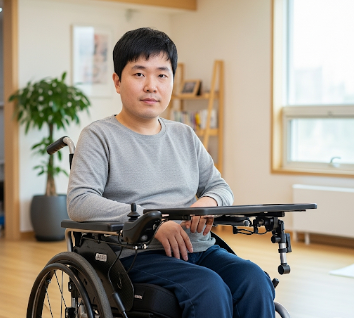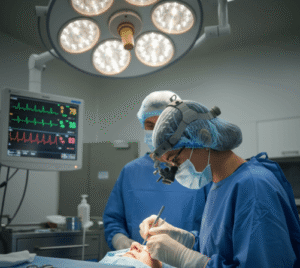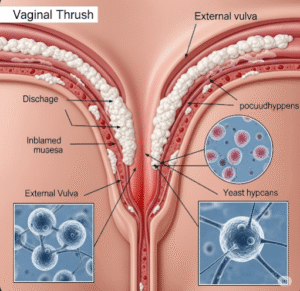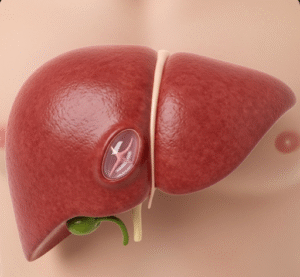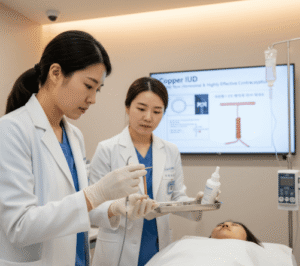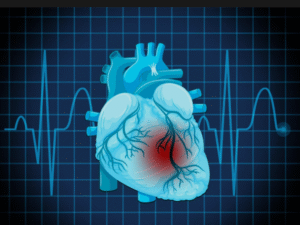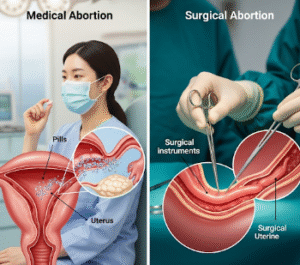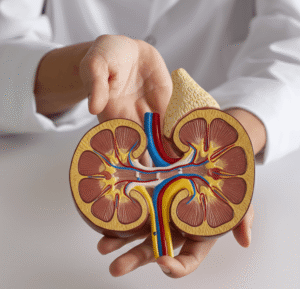Overview
Quadriplegia, also called tetraplegia, is a severe neurological condition characterized by paralysis of all four limbs (both arms and legs) and sometimes the torso. It results from damage to the spinal cord in the cervical (neck) region or severe brain injury. Depending on the level and severity of spinal cord injury, quadriplegia can range from partial weakness to complete paralysis, often accompanied by loss of sensation, bladder and bowel dysfunction, and breathing difficulties.
In Korea, quadriplegia management has advanced significantly with specialized spinal injury centers, robotic rehabilitation systems, stem cell research, and assistive technologies that enhance the quality of life for affected patients.
➤ Complete or partial paralysis of all four limbs
➤ Caused by spinal cord or brain damage
➤ Requires multidisciplinary care including neurology, rehabilitation, and support therapies
Key Facts
➤ Quadriplegia most often occurs due to spinal cord injury at the cervical level.
➤ It may be temporary or permanent, depending on cause and treatment.
➤ In addition to limb paralysis, it can impair respiration, bladder, bowel, and sexual function.
➤ Early intervention, rehabilitation, and advanced therapies can improve function and independence.
➤ Korea offers state-of-the-art rehabilitation hospitals and robotic therapy systems.
What is Quadriplegia?
Quadriplegia is a type of paralysis that affects both arms, both legs, and sometimes the trunk, caused by damage to the spinal cord (C1–C8) or brain. It can be:
➤ Complete Quadriplegia
➤ No motor or sensory function below the site of injury.
➤ Incomplete Quadriplegia
➤ Partial preservation of movement or sensation, varying in severity.
➤ High-Level Quadriplegia (C1–C4)
➤ Severe impairment, often requiring mechanical ventilation and full-time assistance.
➤ Lower-Level Quadriplegia (C5–C8)
➤ May retain some arm and hand movement, allowing limited independence with assistive devices.
What Symptoms Are Related To
Quadriplegia affects multiple systems, and symptoms vary depending on injury severity:
➤ Complete or partial paralysis of arms, legs, and trunk
➤ Loss of sensation below the injury level
➤ Difficulty breathing or need for ventilatory support (in high cervical injuries)
➤ Loss of bladder and bowel control
➤ Spasms, involuntary movements, or muscle stiffness
➤ Sexual dysfunction
➤ Chronic pain or altered sensations
➤ Autonomic dysreflexia – a dangerous increase in blood pressure due to nerve miscommunication
What Causes / Possible Causes
Quadriplegia arises from injury, disease, or congenital conditions:
➤ Traumatic Causes
➤ Spinal cord injuries from car accidents, falls, sports injuries, or violence
➤ Severe traumatic brain injury (TBI)
➤ Medical Conditions
➤ Stroke or brain hemorrhage affecting motor pathways
➤ Spinal cord tumors or infections
➤ Multiple sclerosis (MS) or transverse myelitis
➤ Amyotrophic lateral sclerosis (ALS) in advanced stages
➤ Congenital Causes
➤ Cerebral palsy with severe motor impairment
➤ Spina bifida with cervical involvement
➤ Post-Surgical or Iatrogenic Causes
➤ Complications after spinal or brain surgery
➤ Radiation-induced spinal cord injury
When Should I See My Doctor
Seek immediate medical help if:
➤ Sudden paralysis or weakness occurs after trauma or stroke
➤ Severe neck or spinal pain after an accident
➤ Loss of bladder or bowel control with limb weakness
➤ Difficulty breathing or swallowing develops suddenly
➤ Progressive weakness, numbness, or tingling spreads in arms and legs
Emergency intervention can prevent permanent paralysis in some cases.
Care and Treatment
While quadriplegia cannot always be fully reversed, treatment focuses on maximizing independence and quality of life.
➤ Emergency Management
➤ Spinal immobilization and surgery to stabilize fractures
➤ Steroid therapy (in selected cases) to reduce spinal cord inflammation
➤ Respiratory support if breathing is impaired
➤ Rehabilitation Therapies
➤ Physical therapy: to strengthen remaining muscles, prevent contractures
➤ Occupational therapy: to train in self-care using assistive devices
➤ Speech and swallowing therapy if affected
➤ Robotic exoskeletons and virtual reality rehab available in Korea
➤ Assistive Devices & Technology
➤ Wheelchairs (manual, electric, or smart-controlled)
➤ Voice-activated home control systems
➤ Robotic arms for daily activities
➤ Medical Management
➤ Pain control, muscle relaxants, and spasm management
➤ Bladder and bowel management programs
➤ Sexual and reproductive health support
➤ Advanced & Experimental Therapies
➤ Stem cell therapy and regenerative medicine (research ongoing in Korea)
➤ Neuroprosthetics and brain-computer interfaces
➤ Functional electrical stimulation (FES) to restore some movement
Treatment Options in Korea
Korea offers world-class spinal injury care and rehabilitation programs for quadriplegia patients:
➤ Top Hospitals and Rehabilitation Centers
➤ Seoul National University Hospital (SNUH): Spinal cord injury surgery and long-term rehab programs
➤ Samsung Medical Center: Advanced neurorehabilitation with robotics and exoskeletons
➤ National Rehabilitation Center (NRC), Seoul: Specialized quadriplegia care with adaptive technology training
➤ Asan Medical Center: Research-driven spinal cord repair and stem cell therapy trials
➤ Diagnostic & Monitoring Tools
➤ MRI, CT scans, and electrophysiology tests to assess spinal cord injury
➤ Urodynamic studies for bladder management
➤ Respiratory function testing in high cervical injuries
➤ Modern Interventions in Korea
➤ Robotic-assisted walking therapy using exoskeleton suits
➤ Virtual reality rehabilitation systems
➤ Stem cell-based clinical trials for spinal cord regeneration
➤ Telemedicine follow-ups for long-term care

